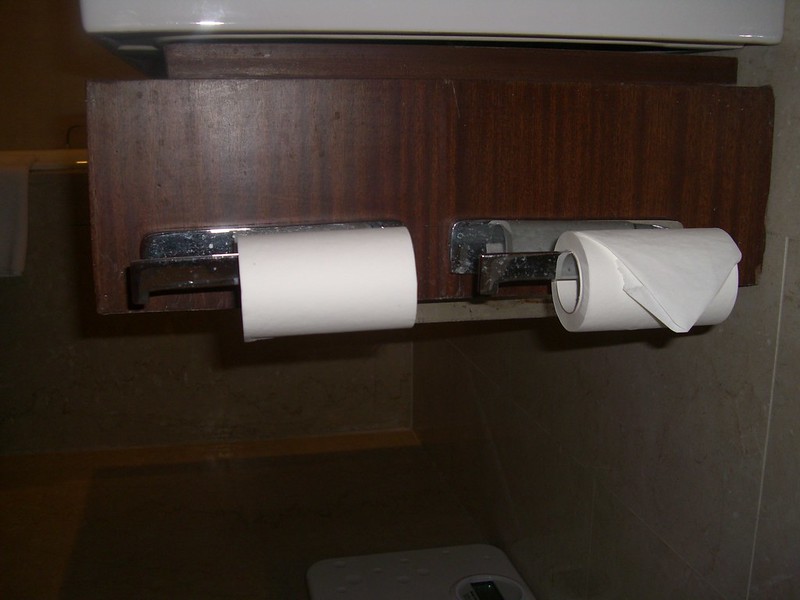We may talk and dress fancy, we may put on airs, but in a lot of ways humans are no different than any of the other creatures walking around this planet.
We just hide our waste product a little better.
There’s a huge effort going on at all times to collect what people put in toilets and the like, send it on its way and keep us from thinking too much about it.
And when you do think about it, there’s a question that comes to mind.
Pit toilets date back more than five thousand years.
And while people in China were using paper in the bathroom as early as the 6th Century, commercial toilet paper only really started to show up in Europe in the mid-19th Century, around the time that the flush toilet started to become popular.
So: how were people cleaning themselves for all those years?
With whatever was on hand, of course.
Sometimes people used items from nature, like leaves, seashells or even corncobs.
A number of civilizations used “hygiene sticks,” sometimes covered with a cloth or a sponge.
People in other places used water, either as a spray like the modern bidet, or they’d clean themselves by hand and then wash their hands afterward.
Some parts of ancient Rome used ceramic pieces called pessoi for an effective albeit uncomfortable wipe.
There’s evidence that some people would write the names of their political rivals on the ceramics just to be extra catty.
When paper became more widely available in the West, people used old newspapers, magazines, catalogs, almanacs, and so on, because they could just drop that into the privy when they were done.
That meant it wasn’t a huge switch when toilet paper came along, at least in most respects.
While Americans and Europeans could buy and use rolls of toilet paper in the late 19th Century, it wasn’t until 1930 that a company started advertising a new innovation: toilet paper that was splinter-free.
NASA has a tradition for its astronauts to eat steak and eggs for breakfast on launch days.
It’s a suitably hearty breakfast for those on their way to space, and something their stomachs can remember fondly when they’re having to rehydrate yet another meal.
But there’s a practical reason too: steak and eggs are very low-fiber, which means the astronauts are less likely to need big bathroom breaks.
Cause not everything should be cleared for launch, amirite.
What did people use before toilet paper was invented? (Live Science)
Food in space: What do astronauts eat? (Space.com)

